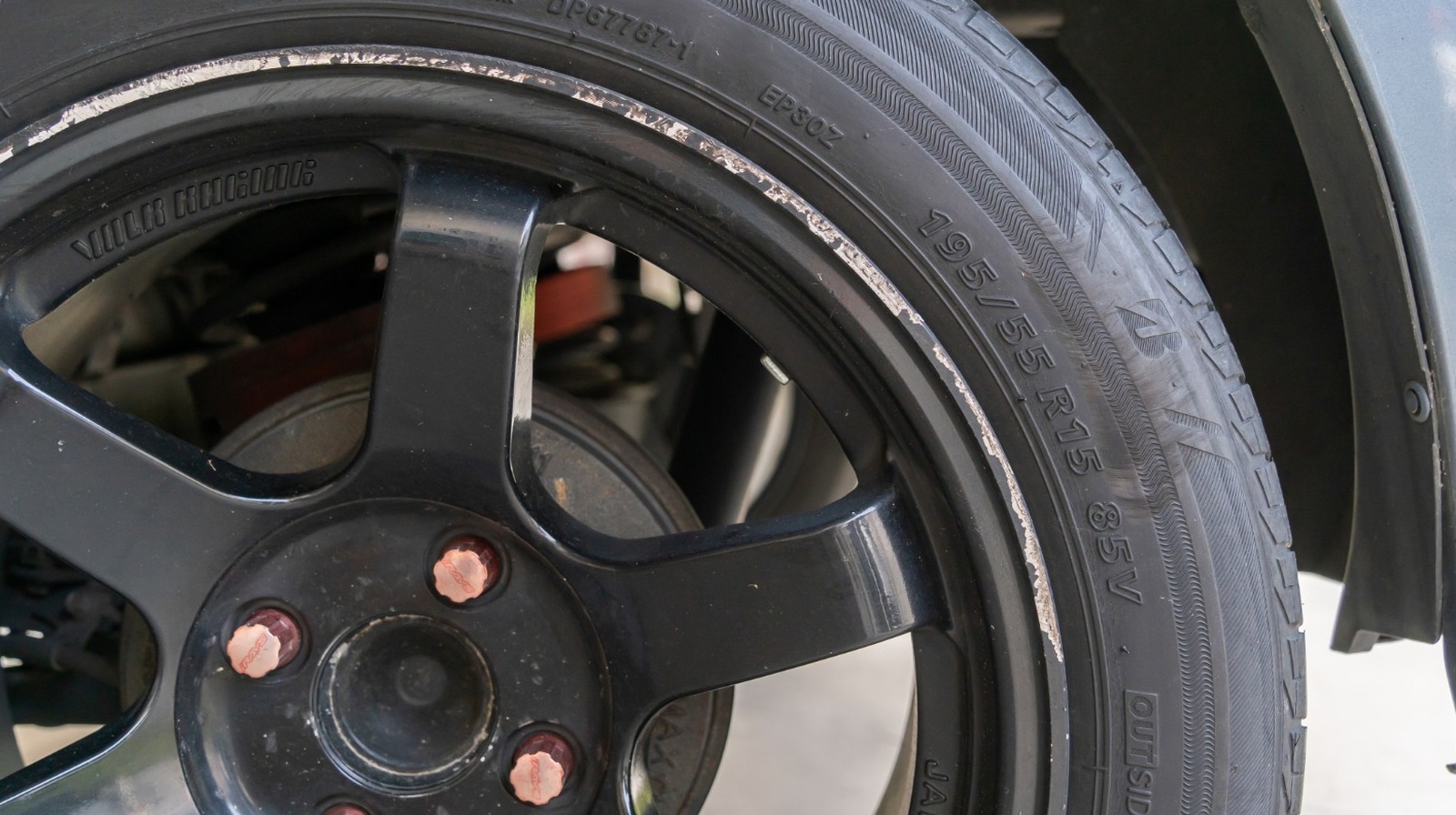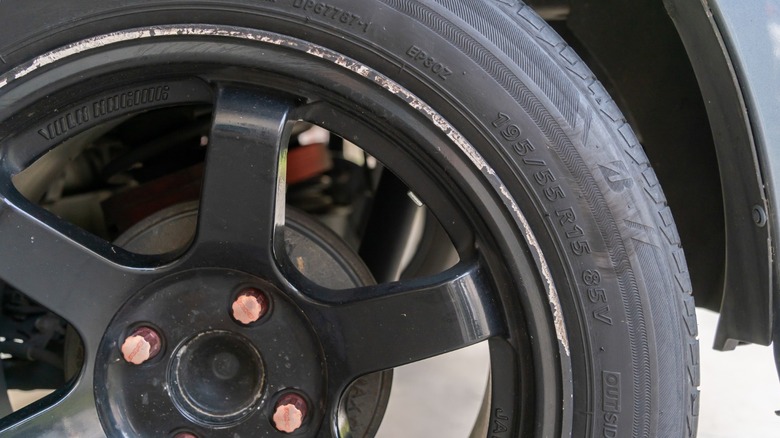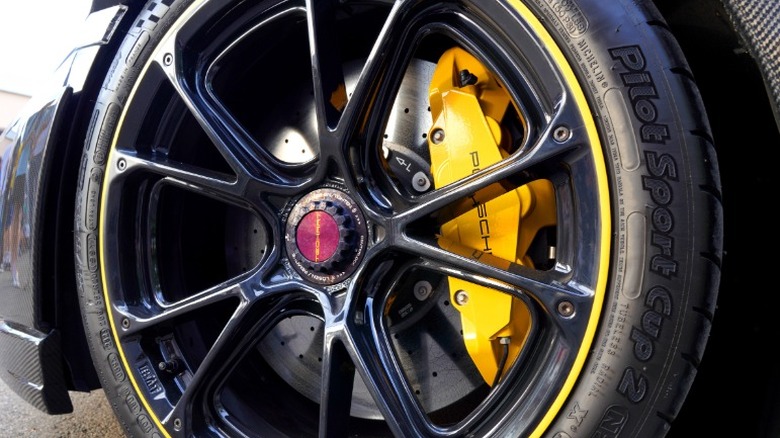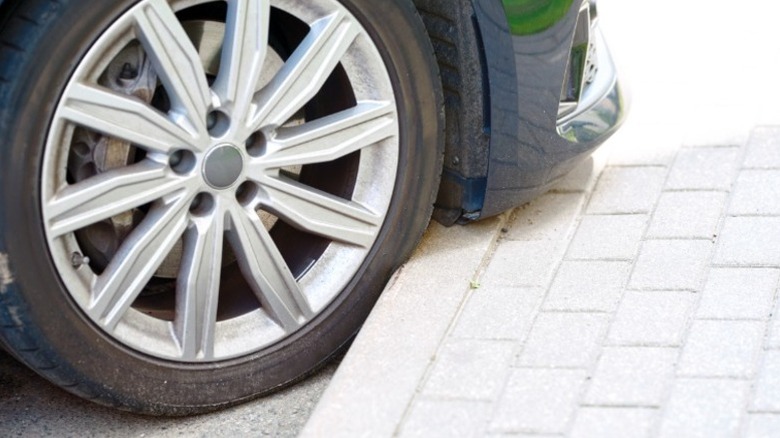When people get a new car, swapping out the wheels is often one of the first ways they add a personal touch, particularly if the factory wheels look like garbage. Few things say, “this ride is mine” like a shiny new set of rims. However, sometimes we may feel like we don’t deserve nice things, and your car’s fancy rims may end up disfigured by the all-too-common enemy known as curb rash.
Though a common complaint of city drivers, this unsightly affliction that happens when your rims kiss a curb may not be entirely the result of your poor driving skills. It turns out that the size of your tires may play an important role in how frequent curb strikes are and how severe the damage is. So, before you throw down cash on aftermarket wheels, it’s worth thinking about how your choice of tires will affect the life and look of your expensive investment for years to come. Bigger wheels and smaller tires might look slick, but the tradeoff could be watching your brand new rims get chewed up faster than a teenager’s first credit card.
Does size matter? The answer is yes
When it comes to helping prevent curb rash, not all tires are created equal, and your choice might be doing your rims dirty without you even realizing it. Your car’s wheels and tires are the first point of contact with the road and thus play a much bigger role than simply getting you from point A to point B. Take a look at what each tire style brings to the table.
Low profile tires with shorter and stiffer sidewalls are a popular choice, but they might not deliver when it comes to actual functionality for a daily driver. Sure, they look sleek and aggressive, but they leave very little buffer between the wheel and the curb, leaving your rim wide open to take the brunt of an impact. Low profile tires are also more likely to go flat if you so much as look at a pothole. Not to mention, they tend to wear out faster,
On the other hand, to help provide more cushion for the pushin’ to protect your rims from curb rash, a wider tire can offer better traction on slippery roads during less than ideal driving conditions. Wider tires aren’t always better, though. The increased rolling resistance can come at the cost of fuel economy, and depending on your vehicle’s clearance and suspension setup, they may not always be a perfect fit without rubbing or complex modifications.
Let’s get practical, shall we?
The struggle to keep your rims looking fresh is real, but when it comes down to it, the decision of a tire and rim combo should be based on what kind of vehicle you have and how and where you drive it. Aesthetic upgrades are great, but function and safety should always come first, especially if your car is your daily driver. Let’s get real: Unless you’re racing (and you probably aren’t), you’re better off choosing tires that are going to be more durable and offer better defenses against the rough realities of real-world driving — like when a curb comes out of nowhere.
Navigating pothole-ridden city streets, executing tight parallel parking maneuvers, or enduring harsh climates means your wheels need protection, and your tires are their first line of defense. A bit more sidewall height or tire width might not win a style contest, but it could save your rims from scuffs, dents, or worse. So, before dropping serious money on those ultra-low profile tires and massive wheels, think about what your car actually deals with day-to-day. Your rims will thank you.





